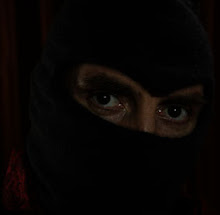
"He watched a faint halo of dust form over the abraded landscape. It was accompanied by the distant sound of motorised noise. Standing on the verge, he wasn’t sure which he had noticed first, the dust or the noise."
Sean O'Toole supplied the captions which appear in the N1 Book. Here is a description from the author directed at his own words:
“If the highway is the theoretical expression of a straight line, reality proposes something else.” This statement, which, in lieu of a notebook, I sent as a text message to myself one morning while stuck in a traffic snarl north of Johannesburg, kick-started a curious process of investigation. This process culminated in the series of texts that accompany David Southwood’s photo essay on the N1.
About these words. Some of the texts appearing in this book-length essay are drawn directly from those early SMS conversations with myself, a loose, purposeless series of dialogues prompted by the direct, first-hand experience driving along the motorways in and around Gauteng, principally the route between Johannesburg and Pretoria. Not all the texts were birthed this way. The great majority are the outcome of a more deliberate and focused engagement with the photographer’s pictures. One key point: the texts do not caption the photographs; conversely, the photographs do not illustrate their text companions. The two live independently. In book form, they collaborate. Sometimes the partnership is harmonious, although purposeful dissonance is also a part of the book’s creative strategy. At times boldly factual, in other instances shyly impressionistic, the texts are not the principle actor: the book can be enjoyed without reference to the words – arguably, the converse is not true.
Ranging in style from narrative vignettes to aphoristic enquiry, the texts aim to underscore the point that there is no straightforward way of understanding the road, this road, our National Road One. The N1 exists as a mute fact; it is a functional transport route. The N1 is, however, also a public stage, a quixotic metaphor waiting to be understood.
Sean O’Toole


























